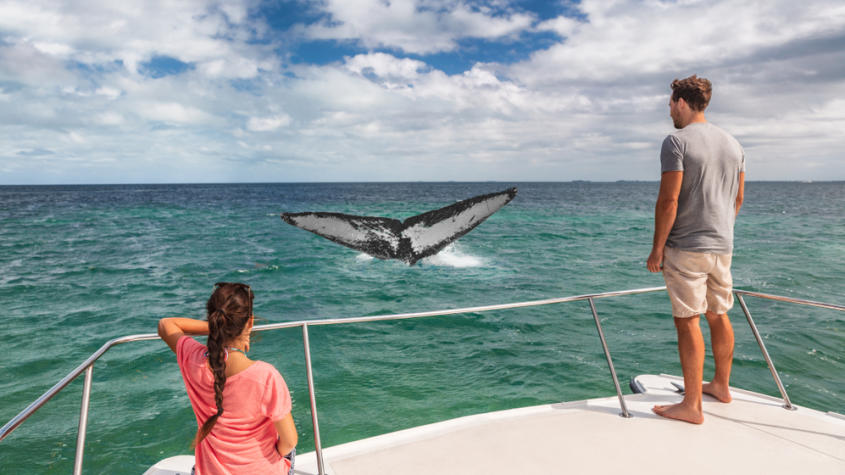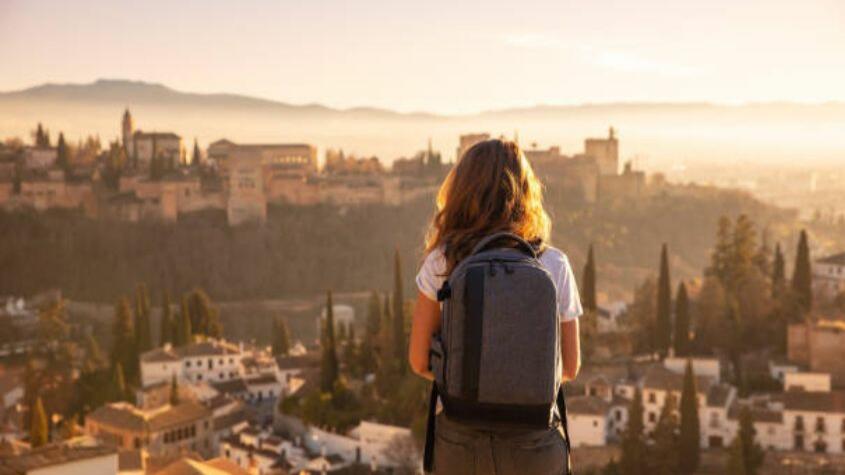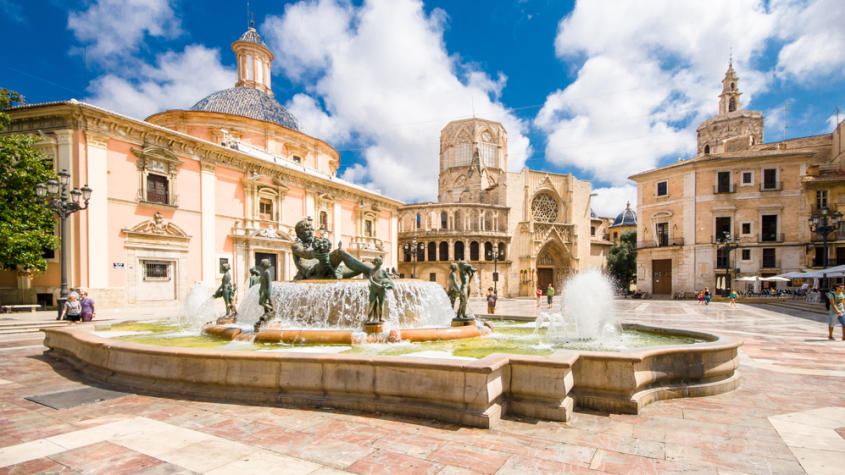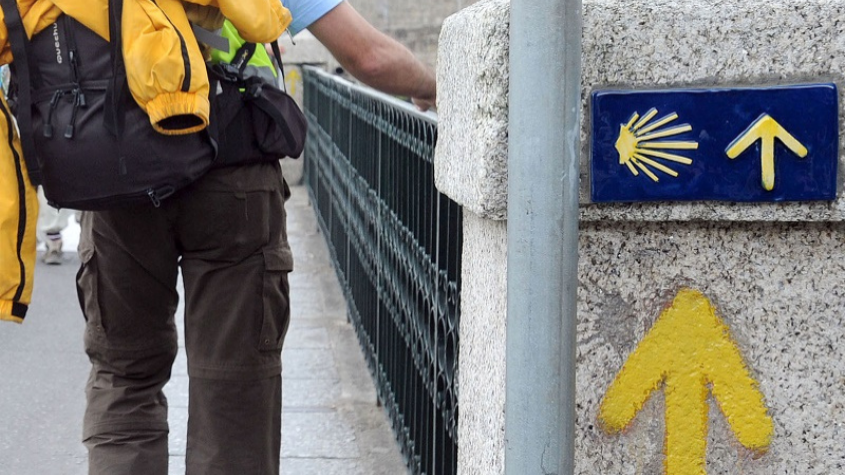
Walking Routes to Santiago de Compostela
Some do it out of devotion. Others do it for the taste of adventure. Some seek the companionship and fellowship involved in this type of experience. Whatever the reason, hundreds of thousands of people walk the Caminos de Santiago every year, one of the oldest pilgrimages in the Christian world.
Would you like to set off on this journey? Find out all about the origins and routes, tips, and precautions.
History: the discovery of the hermit Paio
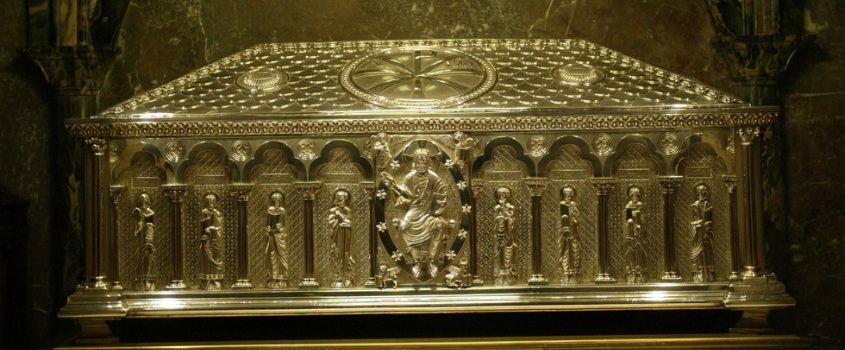
The pilgrimage to the tomb of St. James the Greater, located in the Cathedral of Santiago de Compostela in Galicia, Spain, dates to the early Middle Ages. It is believed that the remains of St. James, one of Jesus' apostles, were transported to Galicia after he died in Palestine. The discovery of his tomb in the 9th century was attributed to a star that guided a hermit (Paio) to the site, hence the name "Compostela", derived from "Campus Stellae" (Field of the Star).
The pilgrimage quickly gained religious and cultural importance, especially with the construction of the Cathedral of Santiago de Compostela in the 11th century, marking a high point in the popularization of the route. As a result, the city became one of the three main Christian pilgrimage destinations, along with Jerusalem and Rome.
Over the centuries, a network of hostels, hospitals, churches, and bridges was built to support pilgrims.
In 1987, the Camino de Santiago was declared the first European Cultural Itinerary by the Council of Europe, and in 1993, the route was included on UNESCO's World Heritage List, highlighting its historical and cultural importance.
Find out more about the history of the Camino de Santiago.
Routes: different starting points, same destination

Several routes allow pilgrims to reach the city of Santiago de Compostela from different countries. Get to know them:
The French Way
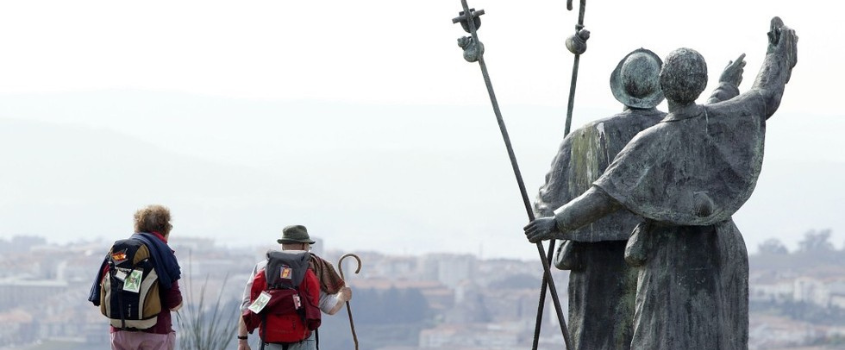
The French Way is the most famous and popular pilgrimage route on the Caminos de Santiago. This route is widely recognized for its historical importance, scenic beauty, and cultural richness.
Along this route, there is a vast network of hostels, guesthouses, and hotels offering affordable accommodation. The route is well signposted with yellow arrows and milestones indicating the direction and distance to Santiago de Compostela. In addition, there are many options for services such as restaurants, bars, pharmacies, and hiking equipment stores.
Stages:
- O Cebreiro
- Triacastela
- Sarria
- Portomarín
- Palas de Rei
- Melide
- Arzúa
- Arca, O Pino
- Santiago de Compostela
Some points of interest: Monastery of Samos, small town of Portomarín, hórreos (granaries) on the road to Palas de Rei, calzado do Leboreiro, picturesque center of Melide, stream of Lavacolla and Monte do Gozo.
If you want to take the route by car, travel from O Cebreiro to Santiago de Compostela by private transfer. Or, if you prefer, you can take the Sarria-Santiago de Compostela route by private transfer.
The Portuguese Way

With its combination of natural beauty, historical heritage, and a welcoming atmosphere, the Portuguese Way attracts pilgrims from all over the world, offering a unique and enriching experience.
Along the way, there is a growing network of albergues, hostels, and hotels—these range from simple, budget accommodation to more comfortable options. The route is well signposted with yellow arrows and stone markers indicating the direction and distance to Santiago de Compostela. Along the way, you'll find plenty of cafés, restaurants, pharmacies, and convenience stores, especially in the more urban areas.
Stages:
- Tui
- Porriño
- Redondela
- Pontevedra
- Caldas de Reis
- Padrón
- Santiago de Compostela
Some points of interest: Tui Cathedral, Sampaio Bridge in Arcade, Pontevedra's cityscape, Caldas de Reis hot springs, and the Carmo Convent in Padrón.
English Way
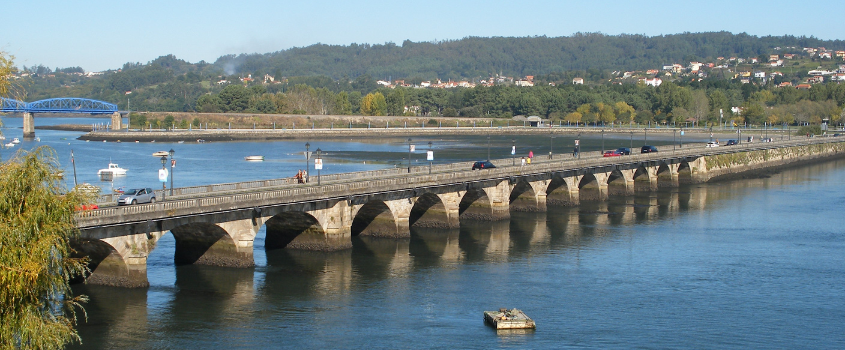
Although less well known, the English Way is one of the Caminos de Santiago routes. Traditionally used by pilgrims from the British Isles and Ireland, this route offers a unique and contemplative experience, ideal for those looking for a less crowded pilgrimage and a more intimate connection with Galicia's rich cultural heritage.
The route has a growing infrastructure, with hostels, inns, and hotels catering to pilgrims. The route is less crowded than others, such as the French Way, making for a quieter experience. It passes through several towns and villages that offer services such as restaurants, cafés, pharmacies, and convenience stores.
Stages:
- Ferrol
- Neda
- Miño
- Bruma
- Sigueiro
- Santiago de Compostela
Some points of interest: the port city of Ferrol, the medieval bridge of Pontedeume, the Gothic churches of Betanzos, and the Tower of Hercules in Coruña.
These are the three main routes. However, there are a few alternative routes:
Portuguese Coastal Way
The Portuguese Coastal Way is a charming and picturesque variant of the Portuguese Way, offering a unique experience along the Atlantic coast of Portugal and Spain. This route is known for its sea views, charming villages, and a quieter atmosphere compared to other more popular routes.
Northern Way
Following the northern coast of Spain, the Northern Way offers breathtaking views of the Cantabrian Sea and passes through several coastal and mountain towns.
Primitive Way
The Primitive Way is considered the original route King Alfonso II took in the 9th century. It is a more challenging route due to the mountainous terrain, but it offers impressive natural landscapes and a more authentic experience.
Finisterre and Muxía Way

This route is an extension of the pilgrimage for those who wish to continue to the "end of the world" (Finisterre) and the coastal town of Muxía.
If you wish, you can take a tour of the Costa da Morte and visit points such as Finisterre, Muxía, and Ézaro. And if you prefer to do the route by car, travel from Finisterre or Muxía to Santiago de Compostela by private transfer.
Via de la Plata Road
It follows the ancient Roman road "Via de la Plata". It is one of the longest routes and offers a variety of landscapes, from the Andalusian plains to the mountains of Galicia.
Arousa Sea Route and Ulla River
The Arousa Sea and Ulla River Route is one of the maritime-fluvial routes of the Camino de Santiago, known for following the historical route that, according to tradition, was followed by the remains of the Apostle Santiago, from Palestine to Santiago de Compostela. This route combines sailing and walking, offering a unique experience rich in history and natural landscapes.
Winter Way
The Winter Way is a lesser-known route of the Camino de Santiago, but it offers a fascinating and historic alternative to the French Way, especially during the winter months. This route was traditionally used by pilgrims to avoid the snows of the O Cebreiro mountains on the Camino Frances. Crossing the Valdeorras region and passing through the valley of the River Sil, this route is rich in spectacular scenery, vineyards and historic sites.
Aragonese Way
It starts on the Spanish side of the Pyrenees and joins the French Way at Puente la Reina. It offers beautiful mountain and cultural landscapes.
Madrid Way
A little-known route, the Camino de Madrid crosses Spain's central plateau, passing through historical and natural landmarks.
Catalan Way
The Catalan Way connects the region of Catalonia with the Aragonese Way, passing through diverse landscapes and historical sites.
San Salvador Way
Connects León to Oviedo and is often traveled before continuing on the Primitive Way. It offers mountainous landscapes and a lesser-known experience.
Tips and precautions
Prepare yourself physically and mentally
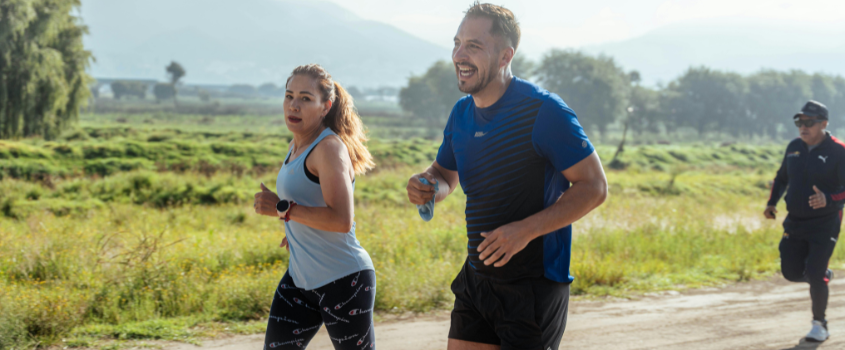
The pilgrimage to Santiago de Compostela is a demanding event that requires special care for the body, but also for the mind. In the weeks or even months leading up to the pilgrimage, take walks and exercise to tone and elasticize your muscles, especially your neck, back, and legs. For good mental preparation, plan the route in stages so that it is adapted to your physical abilities. Divide the kilometers between the days of the walk carefully, avoiding physical and mental exhaustion.
Ask for the pilgrim's pass
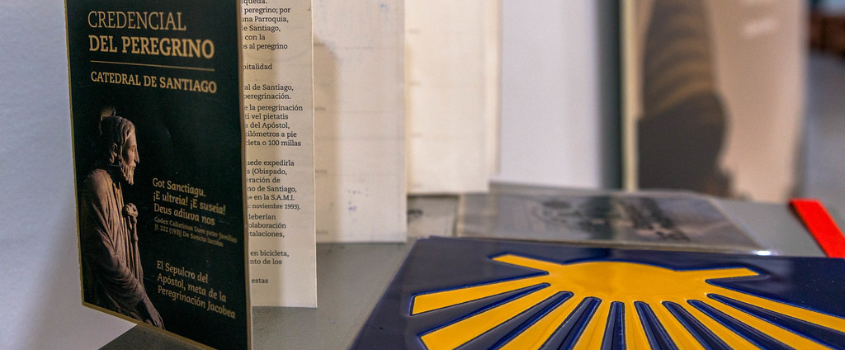
The pilgrim's credential, often called the "pilgrim's passport", is a document that serves to identify and record the pilgrim's progress throughout their journey to Santiago de Compostela. The registration is done with stamps (sellos) that you can ask for in hostels, churches, restaurants, or tourist offices. You can request the credential online on the website of the Jacobean Space Association.
Wear appropriate clothing and footwear
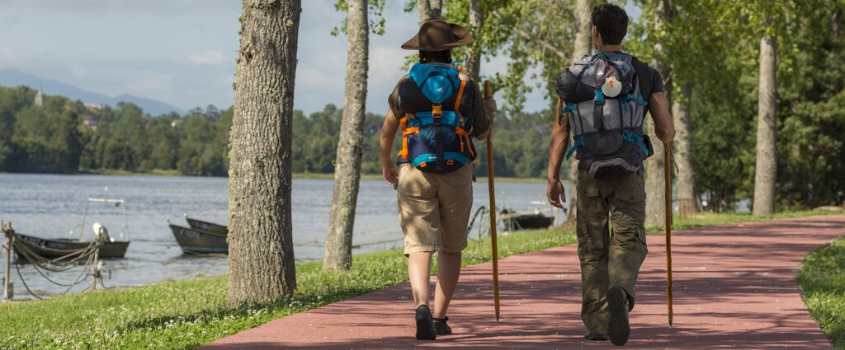
Check the weather forecast for the days of the walk and choose the most suitable clothing. If it's very hot, wear cool, light-colored clothes and wear a hat and sunglasses. If you choose to make the pilgrimage in the colder months, bring warm clothes and a waterproof jacket.
For the sake of your feet, choose hiking shoes that are not new or, if you really must buy new ones, wear them several times before the adventure. Believe me, you don't want to get blisters on your feet!
Hydrate regularly and choose light foods

Drinking water several times a day is crucial, especially if the temperatures are high. Dehydration will leave you with no energy and no desire to continue. To avoid this scenario, carry a canteen in your backpack and fill it up at the many drinking water fountains you'll find along the way.
Don't eat too much at once or eat heavy meals. Since you'll be walking a long way, it's not ideal to do so with a bloated stomach. Opt for fruit, light sandwiches, cookies, energy bars, yogurts, and juices in small packets. You can have a fuller meal at dinnertime, by which time you should be settled at your daily destination, and where you can explore the restaurants in the town or city.
Take moments to relax and unwind
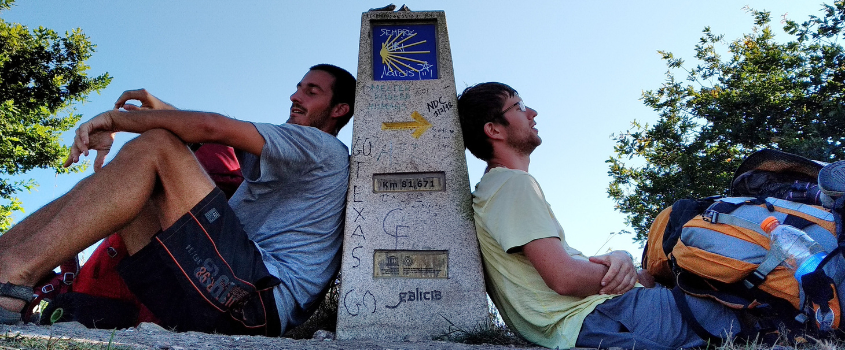
Don't make unnecessary efforts that go beyond your capabilities. Take short breaks to rest your body and take the opportunity to appreciate the beautiful landscapes and places of interest you'll pass through. Find a rhythm that is healthy for you. Remember: you don't have to impress anyone.
Don't forget these items at home
Make sure you take a first aid kit, sunscreen, cell phone, charger, and documentation.
Follow the yellow arrows and shells (not the blue ones!)
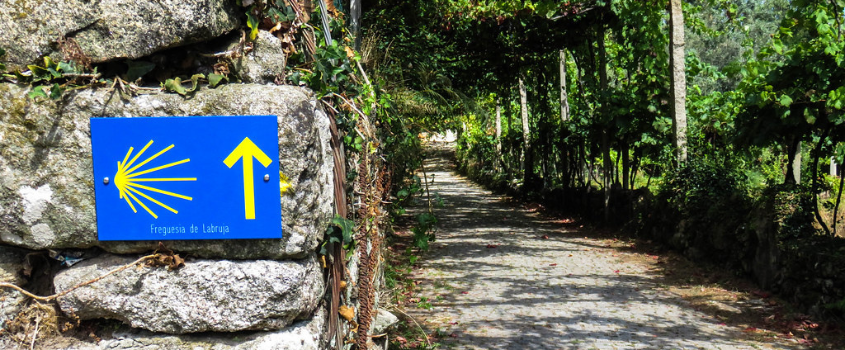
When you think you're lost, don't despair. If the GPS or map isn't taking you the right way, look for the yellow arrows or shells painted on walls, streets, and houses. These will point you in the right direction.
Caution! Don't follow the blue arrows, unless you want to make the pilgrimage to Fátima, in Portugal, which is in the opposite direction.
Are you curious about Fátima? Find out all about the Miracle of the Sun. If you want to visit or make a pilgrimage to Fátima in the future, look at its main attractions.
Say "Buen Camino" whenever you pass another pilgrim!

On this pilgrimage, "hello" is replaced by "buen camino" and everyone seems to be on board with the idea. If you pass another pilgrim and they address you with a "buen camino", don't be surprised and respond with the same words. And when you come across other people, try doing the same. This is the official greeting of the Camino de Santiago, a way of motivating and being motivated, and it helps you not to give up on the arduous task.
Request the "Compostela"

The "Compostela" is an official certificate issued by the Cathedral of Santiago de Compostela to pilgrims who complete the Caminos de Santiago pilgrimage, following certain criteria. This document is a recognition of the spiritual or religious journey undertaken by the pilgrims. To receive the certificate, when you arrive in Santiago de Compostela, you must present your duly stamped credential. Only those who travel at least the last 100 km on foot or horseback, or the last km by bicycle, are entitled to the "Compostela".
If you want to visit Santiago de Compostela but are short of time or have difficulty getting around, you can take comfortable guided tours. Take a walking tour of the old part of Santiago de Compostela or travel from Vigo to Santiago de Compostela by private transfer.
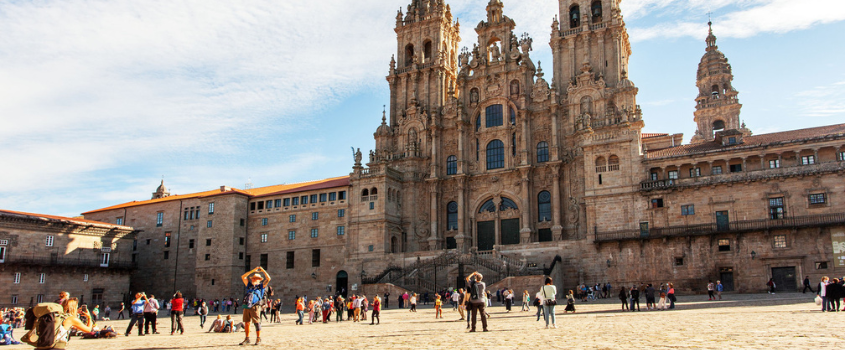
The Caminos de Santiago is a spiritual and religious journey, but it is also a rich cultural experience, attracting people from all over the world, regardless of their religious beliefs.
Would you like to take part in the experience?
Buen Camino!
Discover other religious places in Spain.
If you'd like to learn more about Galicia and Santiago de Compostela, look at all the guided tours and activities you can do.
Visit Living Tours for more travel experiences in Portugal and Spain. And explore more travel ideas on the Living Magazine Blog.
Did you like it?
Average votes: 5.00 of 5
Go Back to the Blog







